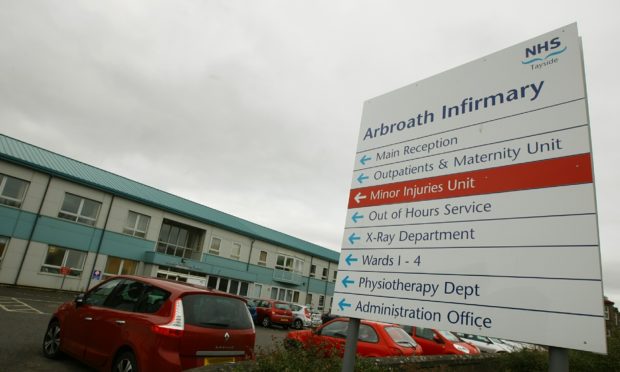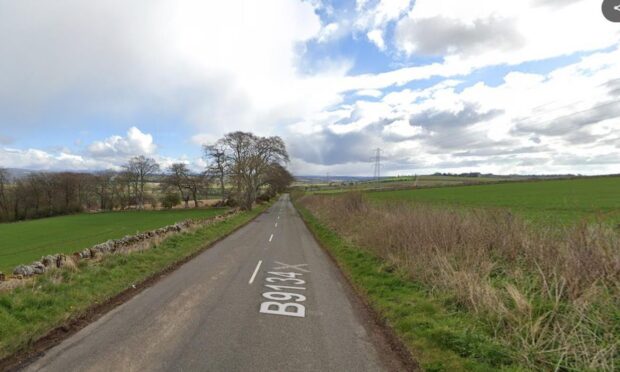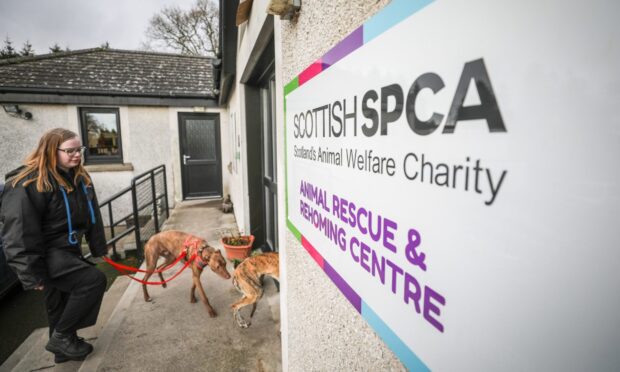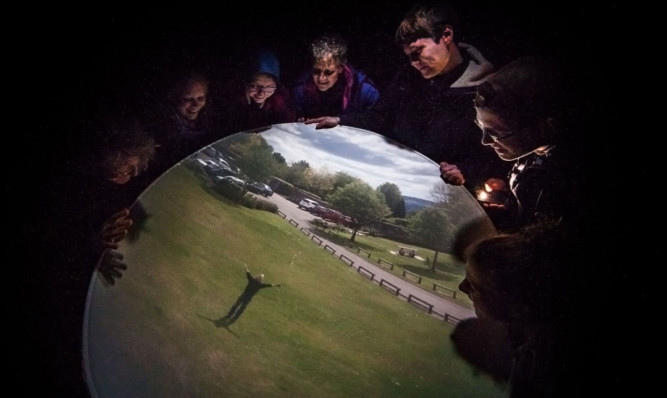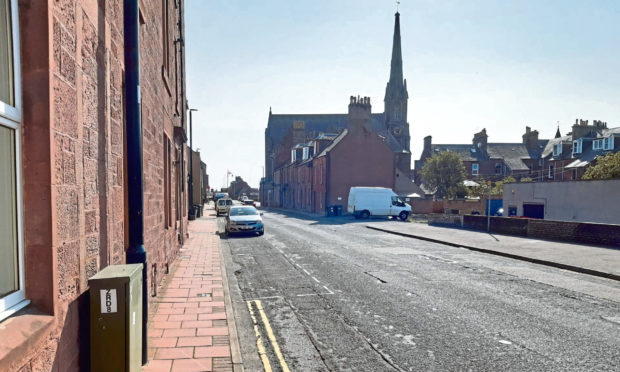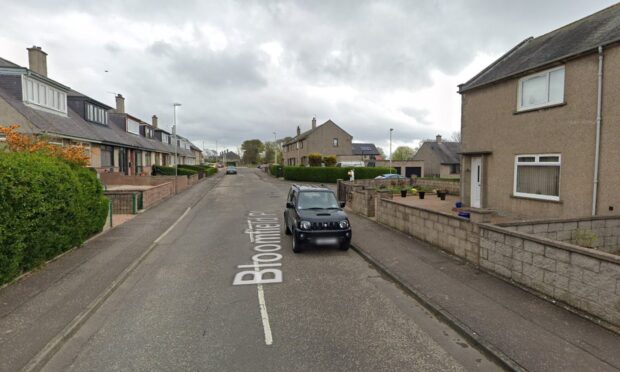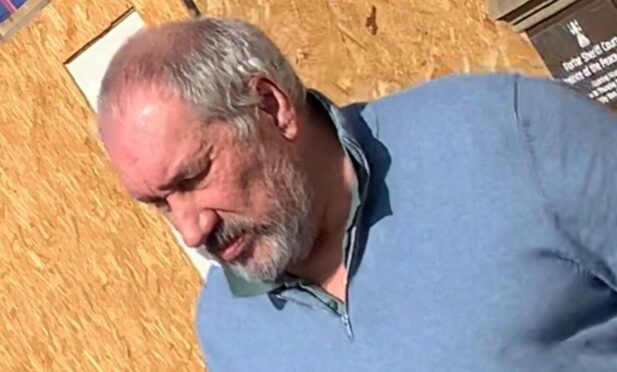More health facilities in Angus are under threat of closure as a major review of inpatient services is under way.
Wards at Arbroath Infirmary, Montrose Infirmary, Stracathro Hospital and Whitehills Health and Community Care Centre as well as Brechin Infirmary – which has not been operational since October 2015 – are being assessed in the review.
The inpatient wards cover medicine for the elderly, psychiatry of old age, palliative care and stroke rehabilitation.
Health chiefs are assessing a variety of services as they seek to develop a new “Angus Care Model” with minor injury units and out of hours services also being examined.
A final report providing options and costs for a new model of care, as well as feedback from public engagement events, will be considered by the Angus Integration Joint Board in January.
The review is being carried out by the Angus Health and Social Care Partnership which is the body responsible for delivering the services in Angus.
An update to NHS staff, seen by The Courier, says there are a “range of challenges” in providing inpatient care under the current operating model.
Staffing challenges, an ageing workforce and an inefficient number of beds at each location were highlighted in the internal document.
It states: “Each of our inpatient sites operate with a relatively small bed base of nine to 22 beds.
“This impacts on efficiency and is vulnerable to short-term staffing challenges in terms of recruiting and retaining an appropriate workforce.
“The review into inpatient care services aims to ensure that future inpatient facilities and model of care meet the changing health care needs of the people of Angus.”
An audit of the number of occupied beds was carried out on a day last month and it found that 77 people were in an Angus hospital bed, leaving 39 beds empty.
The document states: “Data from the past year show us that this is a typical level of occupancy. On average 37 beds are unoccupied each day across Angus.
“The audit team considered that 49/77 patients could have benefitted from community intervention earlier in their patient journey, had appropriate services been available, which may have avoided the need for a hospital admission.”
The report also noted a high proportion of the nurses working at the Angus wards could retire over the next few years. 44% of the nurses working as part of inpatient services are aged over 50.
Angus Health and Social Care Partnership admitted its review would result in changes to the number of inpatient beds and facilities in the county.
A spokesperson said changes are required across a “range of service areas” in Angus.
The Partnership’s strategic plan aims to provide services that have a much greater emphasis on prevention, early intervention, self-management, supporting people in their own homes and communities and less unnecessary use of hospitals and care homes.
The spokesperson said the inpatient care review would examine their resources to make sure they are “configured” in the right way to meet future needs as it develops a new model of care.
“Information to date suggests we are already doing well with more than 90% of older people’s care being delivered in the community but there is still more to do for the whole adult population,” she said.
“We need to carry out this review because we face a number of challenges in delivering sustainable services.
“We have an ageing workforce and there are national shortages of health care staff which we must plan for.
“The facilities we deliver our services from must be able to support the delivery of modern health care.
“More people need support in our communities, including carers, and we have more inpatient beds than we need, with up to 35 inpatient beds per day in Angus not being required.
“Of course we must also ensure that we are using our resources in the most effective way and getting best value for our financial resources.”
Last week a series of drop-in information events were held in Angus for people to express their views.
These will be considered when a report on a new model of care is considered by the Angus Integration Joint Board in January.
“Bringing all of these developments together gives us a real opportunity to develop better local integrated services and to create an Angus Care Model,” the spokesperson continued.
“Changes are required across a range of service areas. Although this will result in changes to the number of inpatient beds and facilities in Angus, it will enable us to provide more integrated care in communities locally and this is what people tell us they want.”
